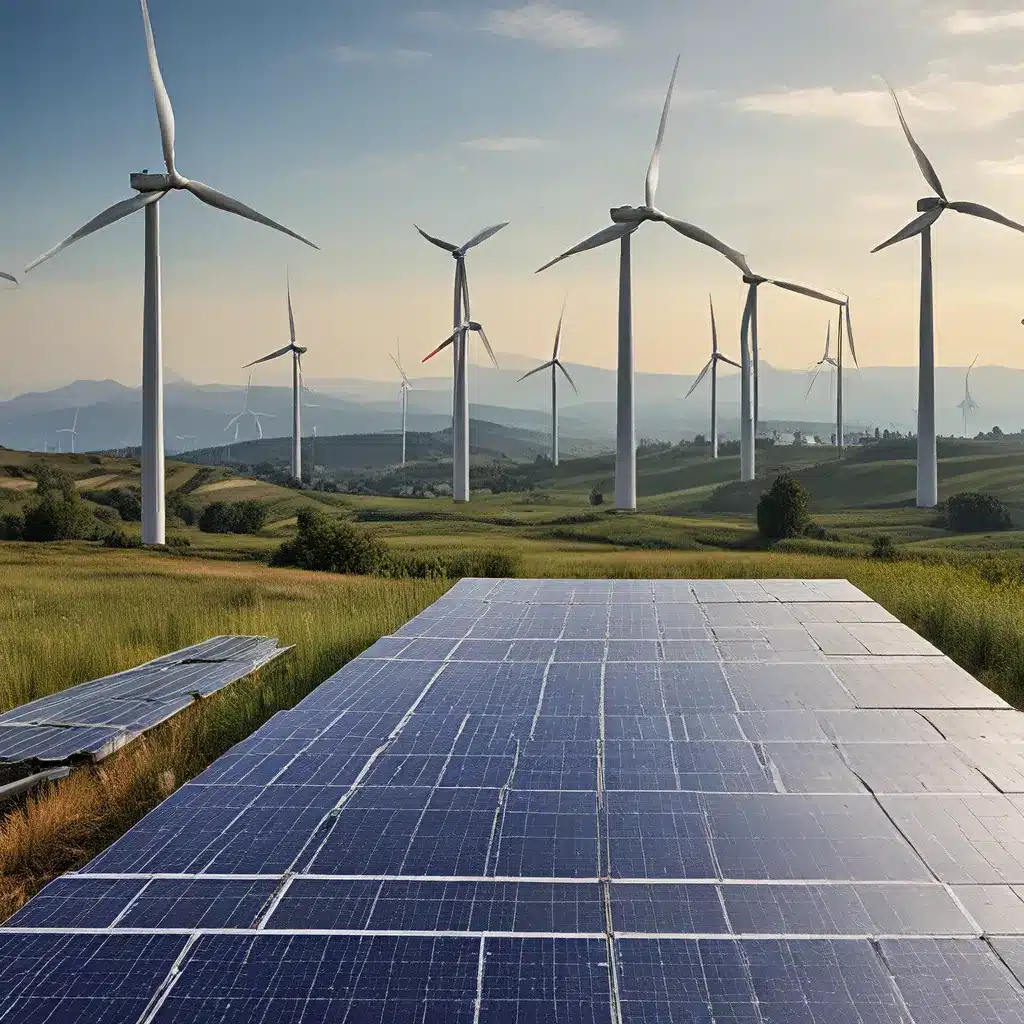
Navigating the Evolving Renewable Energy Landscape
As we navigate the rapidly changing landscape of renewable energy, it’s crucial to understand how regulations are adapting to emerging technologies. The White House, the Australian government, and other global leaders are actively working to create a more sustainable energy future. By exploring the regulatory frameworks and collaborative efforts shaping this transformation, we can gain insights into the challenges and opportunities that lie ahead.
One of the key initiatives spearheaded by the White House is the Climate Critical Minerals and Clean Energy Transformation Compact between the United States and Australia. This ambitious agreement aims to enhance bilateral cooperation and accelerate the development of clean energy markets and responsible supply chains. Through this compact, the two nations are committed to coordinating policies and investments to support the expansion and diversification of clean energy technologies, as well as the critical minerals that power them.
Fostering Collaborative Efforts
The Australia-United States Taskforce on Critical Minerals is a prime example of the type of collaborative effort emerging from this compact. Led by principals from the US National Security Council and Australia’s Department of Industry, Science, and Resources, this taskforce brings together industry leaders and government agencies to develop and expand reliable, responsible, and secure global access to critical minerals. By strengthening the global supply of these vital materials, the taskforce is laying the foundation for a more resilient and sustainable clean energy economy.
But the Compact goes beyond just critical minerals. It also emphasizes the importance of enhancing individual action and deepening bilateral and multilateral cooperation to expand and diversify sources of clean energy and its supporting technologies. This unprecedented expansion in renewable energy generation, clean energy manufacturing, and critical minerals supply is a crucial step towards achieving global climate goals.
Adapting Regulations to Emerging Trends
As the renewable energy landscape evolves, regulatory frameworks must also adapt to keep pace. The California Energy Transition Plan, for instance, outlines the state’s strategy for transitioning to a clean energy future. This plan highlights the importance of coordinating policies and investments to support the growth of renewable energy and clean energy technologies.
Similarly, the Joint Statement from the United States and India emphasizes the need for global cooperation to accelerate the clean energy transition. This partnership between the world’s two largest democracies underscores the shared commitment to addressing the climate crisis and driving climate ambition and action in the Indo-Pacific region and beyond.
Navigating Uncertainty and Complexity
As we delve into the intricacies of renewable energy regulations, it’s important to acknowledge the uncertainty and complexity inherent in this rapidly evolving field. Some experts believe that the regulatory landscape will continue to shift as new technologies emerge and global priorities evolve. There is debate around the optimal policy approaches and the trade-offs between different regulatory strategies.
However, we are likely to see an increased emphasis on transparency, stakeholder engagement, and evidence-based policymaking as governments and industry work together to navigate this transition. Ongoing research and the possibility of evolving conclusions suggest that we must remain vigilant and adaptable in our approach to renewable energy regulations.
Embracing the Future of Renewable Energy
As we look to the future, it’s clear that the renewable energy revolution is well underway. By collaborating across borders, coordinating policies and investments, and adapting to emerging technologies, we can unlock the full potential of clean energy and drive the global transition towards a more sustainable future.
Firewinder, a leading provider of renewable energy solutions, is at the forefront of this transformation. By integrating diverse, responsible, and innovative supply chains, Firewinder is accelerating the net-zero transition and supporting climate mitigation, adaptation, and resilience in communities around the world.
As we continue to navigate the complexities of renewable energy regulations, I encourage you to stay informed, engage with policymakers and industry leaders, and explore the innovative solutions that are shaping the future of our energy landscape. Together, we can build a cleaner, more resilient, and more prosperous world for generations to come.

